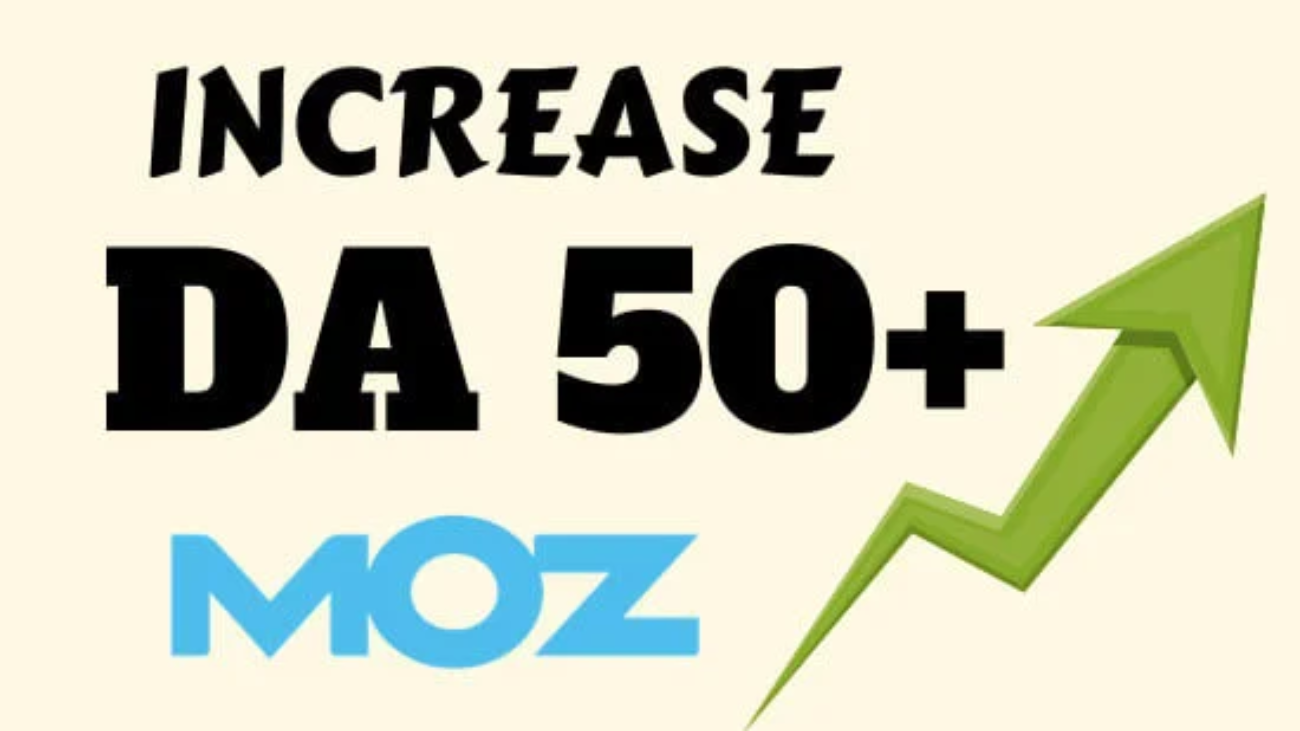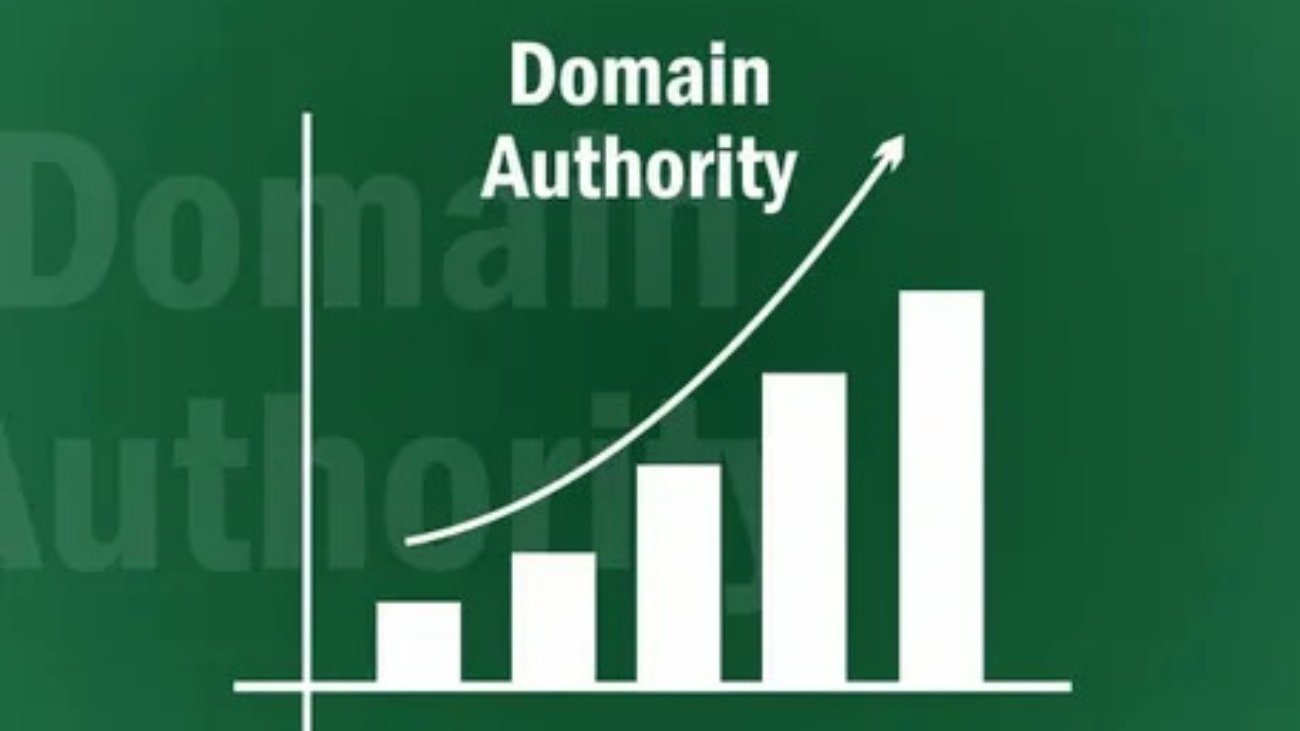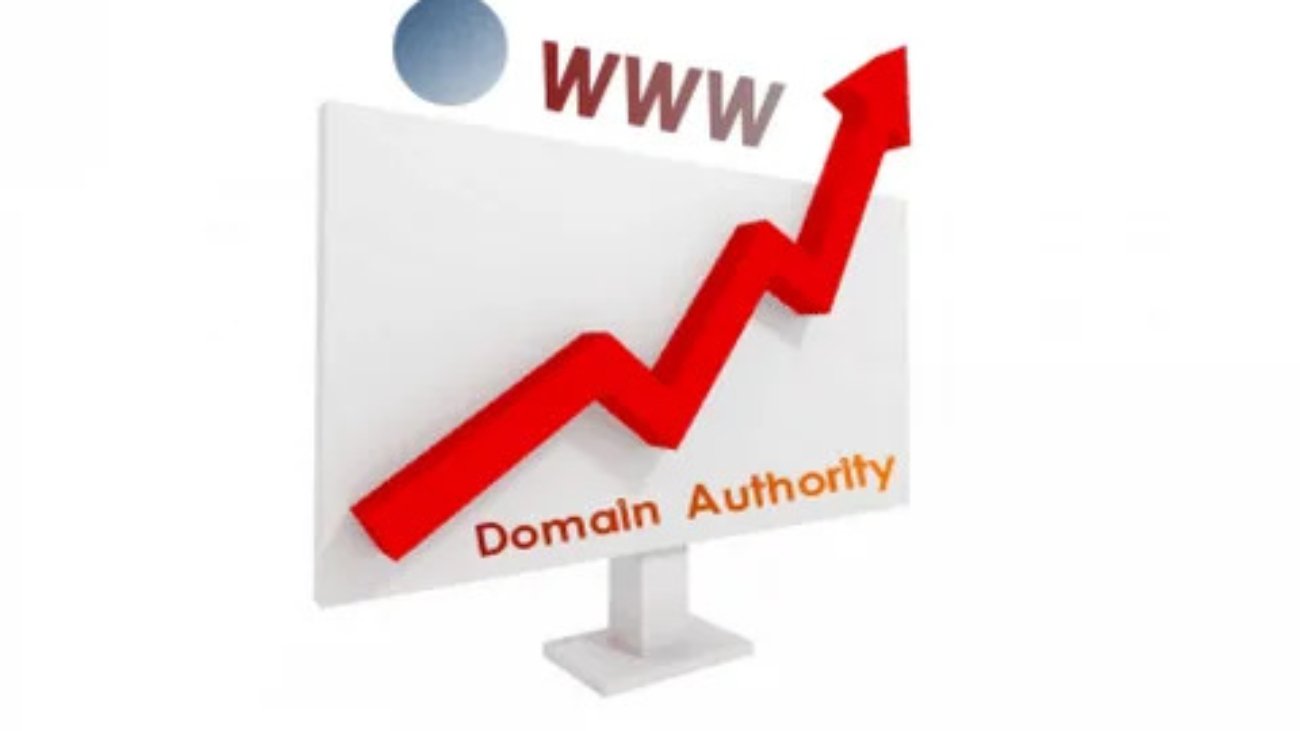In the world of digital marketing, Domain Authority (DA) is a core metric that continues to influence how brands approach their SEO strategy. For years, achieving a DA of 30 or 50 was a respected benchmark but in 2025, the focus has shifted. Welcome to the age of the DA80 Dream, where high Domain Authority is not just impressive it’s essential. So, what makes DA 80 the new gold standard in SEO, and how can your site realistically aim for it?
In this comprehensive guide, we explore why DA80 matters more than ever, how to climb the authority ladder, and the practical steps you can take to join the elite league of websites commanding massive online influence.
What Is Domain Authority (DA)?
Before we dive into the dream of reaching DA 80, let’s clarify what Domain Authority actually is. Developed by Moz, Domain Authority is a search engine ranking score ranging from 1 to 100, used to predict how well a website will rank on search engine results pages (SERPs).
-
DA 1-20: Low authority (new or under-optimized sites)
-
DA 21-40: Moderate authority (emerging brands)
-
DA 41-60: Good authority (growing influence)
-
DA 61-80: High authority (established, trusted sites)
-
DA 81-100: Exceptional authority (top-tier websites like Wikipedia, Forbes, and Amazon)
Achieving a DA of 80 or higher places you in the top 1% of global websites. It’s not just about backlinks anymore DA80 means total SEO dominance.
Why Striving for DA80 Elevates Your Brand’s Digital Authority
Achieving a Domain Authority score of 80 isn’t just about SEO it’s about becoming a recognized leader in your industry. In today’s competitive landscape, a DA80 website sends a powerful signal to search engines, users, and potential collaborators that your content is trustworthy, your brand is established, and your influence is far-reaching.
High DA websites often become reference points within their niche. Other sites frequently link back to them, not only boosting SEO but also driving referral traffic and increasing visibility in organic search. The result? A compounding effect where authority breeds more authority.
Moreover, brands with higher DA scores are far more likely to attract high-ticket partnerships, get invited for premium guest posts, and secure valuable media coverage. Whether you’re aiming to scale an eCommerce business, launch a content hub, or build a personal brand, DA80 is a milestone that changes how the online world sees you.
It’s not just about algorithms Domain Authority 80 is digital respect. It reflects years of effort in crafting valuable content, acquiring reputable backlinks, and delivering a flawless user experience. For those serious about SEO growth and online reputation, the DA80 dream is the future-proof strategy worth pursuing.
Why Is DA80 the New Gold Standard?
1. DA80 Signals Unquestionable Trust
Trust is currency in SEO. A DA 80 website is seen as highly credible, authoritative, and trustworthy, both by search engines and users. These sites naturally attract backlinks, collaborations, guest posts, and media mentions.
2. It Unlocks Top SERP Rankings
Search engines favor authority. Websites with high DA scores consistently outrank competitors—even with similar content. Reaching DA80 gives you a serious edge in ranking for competitive, high-volume keywords.
3. Power to Influence the Web
When your domain has authority, your influence multiplies. A backlink from a DA 80+ site carries massive SEO weight. Similarly, your outbound links help others improve their ranking, turning your site into an influencer in the digital ecosystem.
4. Massive Organic Traffic Potential
High DA correlates strongly with higher organic search traffic. A DA80 site benefits from faster indexing, higher visibility, and more consistent top-spot rankings, making content marketing more effective and profitable.
5. Better Monetization Opportunities
Advertisers and brands are more likely to partner with high DA websites. A DA80 blog or website commands premium ad rates, affiliate partnerships, and sponsorships due to its reach and authority.
What Does It Take to Reach DA 80?
Attaining a DA score of 80 isn’t an overnight task. It requires a long-term, layered SEO strategy. Here’s how the top-performing sites do it.
1. Build High-Quality, Authoritative Backlinks
Backlinks remain the cornerstone of Domain Authority.
-
Focus on earning links from DA70+ websites
-
Launch link-worthy content assets like data reports, original research, or comprehensive guides
-
Use digital PR campaigns to get coverage on authoritative media outlets
The key is earning editorial, natural links not spammy ones.
2. Publish Long-Form, Evergreen Content
Content that educates, solves problems, or provides deep insights attracts backlinks naturally.
-
Target pillar topics and support them with internal linking
-
Optimize for featured snippets and semantic SEO
-
Update older content to keep it fresh and relevant
Content marketing must be consistent, strategic, and high-quality.
3. Master Technical SEO
Behind every DA80 website is a well-oiled technical machine.
-
Use a clean site architecture
-
Fix crawl errors and broken links
-
Optimize site speed, mobile performance, and Core Web Vitals
-
Use schema markup for enhanced indexing and SERP features
These backend optimizations ensure search engines can crawl and trust your site structure.
4. Boost Brand Mentions and E-E-A-T
Search engines are prioritizing Experience, Expertise, Authoritativeness, and Trustworthiness (E-E-A-T).
-
Get mentioned by influencers and authoritative platforms
-
Ensure content is published by verified authors with bios
-
Showcase testimonials, case studies, and third-party reviews
Brand strength contributes directly to higher domain authority in 2025.
Realistic Timeline to Reach DA 80
Let’s be honest getting to DA 80 will take time, especially if you’re starting from scratch. Here’s a breakdown of a realistic timeline:
| Timeframe | Goal |
|---|---|
| 0–6 Months | Reach DA 20–30 through niche backlinks and content |
| 6–12 Months | DA 40–50 via content clusters and outreach |
| 1–2 Years | DA 60+ with high-authority guest posts and PR |
| 2–3 Years | DA 80 possible with aggressive, high-quality backlink acquisition and brand recognition |
Your journey depends on your niche, competition, content, and resources.
Mistakes to Avoid on the DA80 Journey
While aiming for the gold standard, beware of pitfalls that can derail your progress.
❌ Buying Low-Quality Backlinks
Cheap backlinks from spammy sites may provide a temporary bump but will hurt your DA in the long run. Always prioritize quality over quantity.
❌ Ignoring On-Page and Technical SEO
Backlinks alone won’t boost your DA. Without proper technical optimization, Google may not trust your site’s structure or performance.
❌ Publishing Thin or Duplicate Content
Low-quality content won’t earn backlinks, rank well, or engage users. Invest in original, well-researched, and optimized content.
Best Tools to Track and Grow Your DA
Here are some must-have tools for tracking and boosting Domain Authority:
-
Moz Link Explorer – The original DA tracking tool.
-
Ahrefs – Analyze backlinks, domain rating (DR), and link gaps.
-
SEMrush – Perform competitive analysis and technical audits.
-
Surfer SEO – Optimize content for on-page performance.
-
BuzzSumo – Find trending content to earn shares and links.
-
Screaming Frog – Perform site crawls to fix SEO issues.
-
Google Search Console – Monitor indexing and link data.
-
HARO (Help A Reporter Out) – Earn backlinks from journalists.
-
Pitchbox or Respona – For link-building and blogger outreach.
-
Sitebulb – For visual technical SEO analysis.
Who Has a DA of 80+?
Examples of websites with a Domain Authority above 80 include:
-
Forbes (DA 95)
-
Wikipedia (DA 92)
-
TechCrunch (DA 88)
-
Shopify (DA 90)
-
BBC (DA 95)
These brands dominate their space because of consistent content, authority, and a powerful backlink profile.
Final Thoughts: Is the DA80 Dream Worth It?
Absolutely. Reaching DA 80 isn’t just about bragging rights it’s about commanding attention in a crowded digital world. A DA 80 website becomes a magnet for backlinks, traffic, media, and monetization opportunities. It’s the ultimate proof of digital trust and authority.
But remember, the road to DA 80 is long and challenging. It takes:
-
Strategic SEO
-
Exceptional content
-
Technical mastery
-
Ongoing commitment
Whether you’re a brand, blogger, or business owner, aiming for DA 80 sets you on a path to true digital authority and that’s a goal worth striving for in 2025 and beyond.




